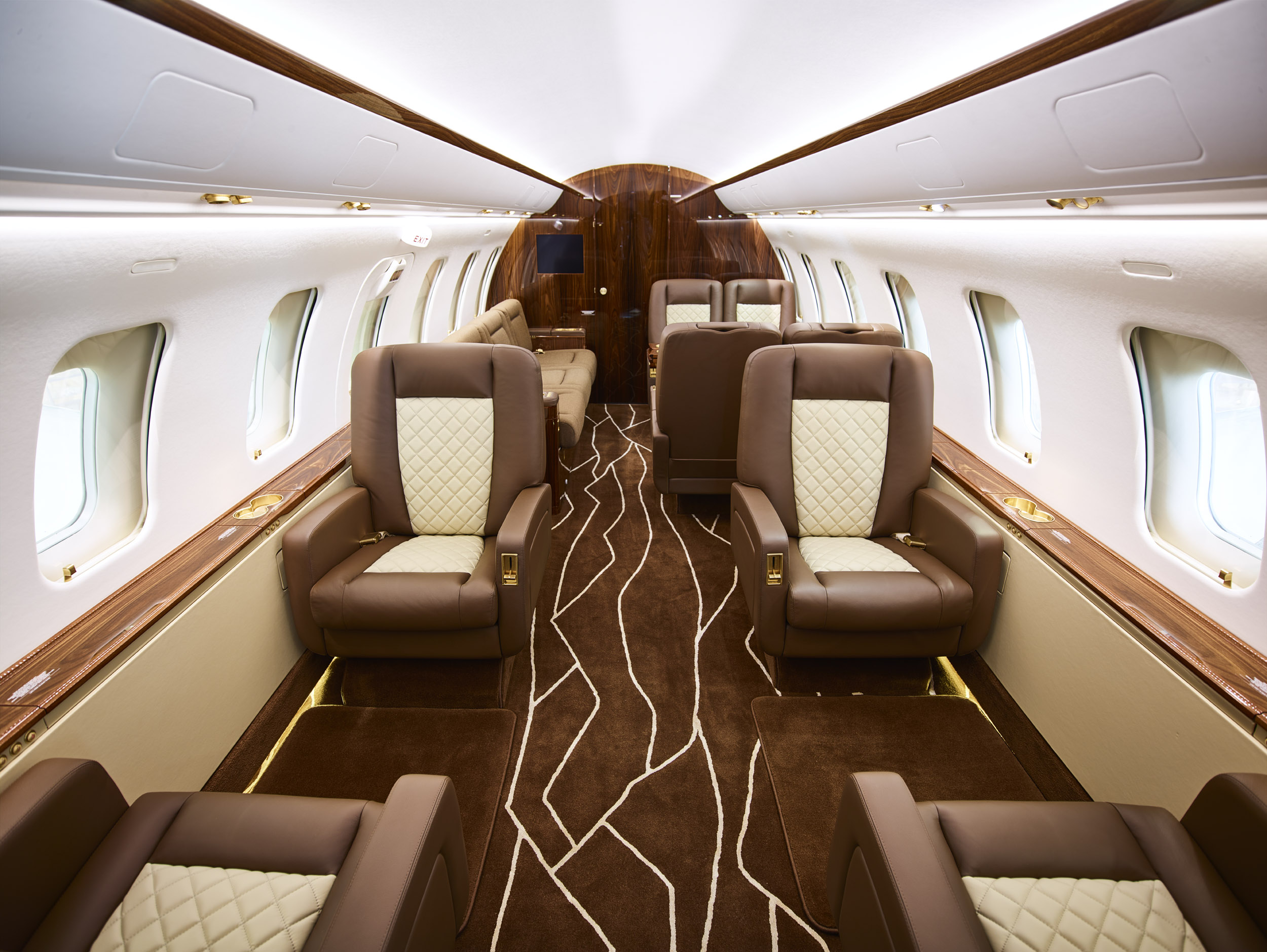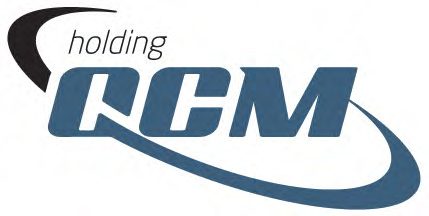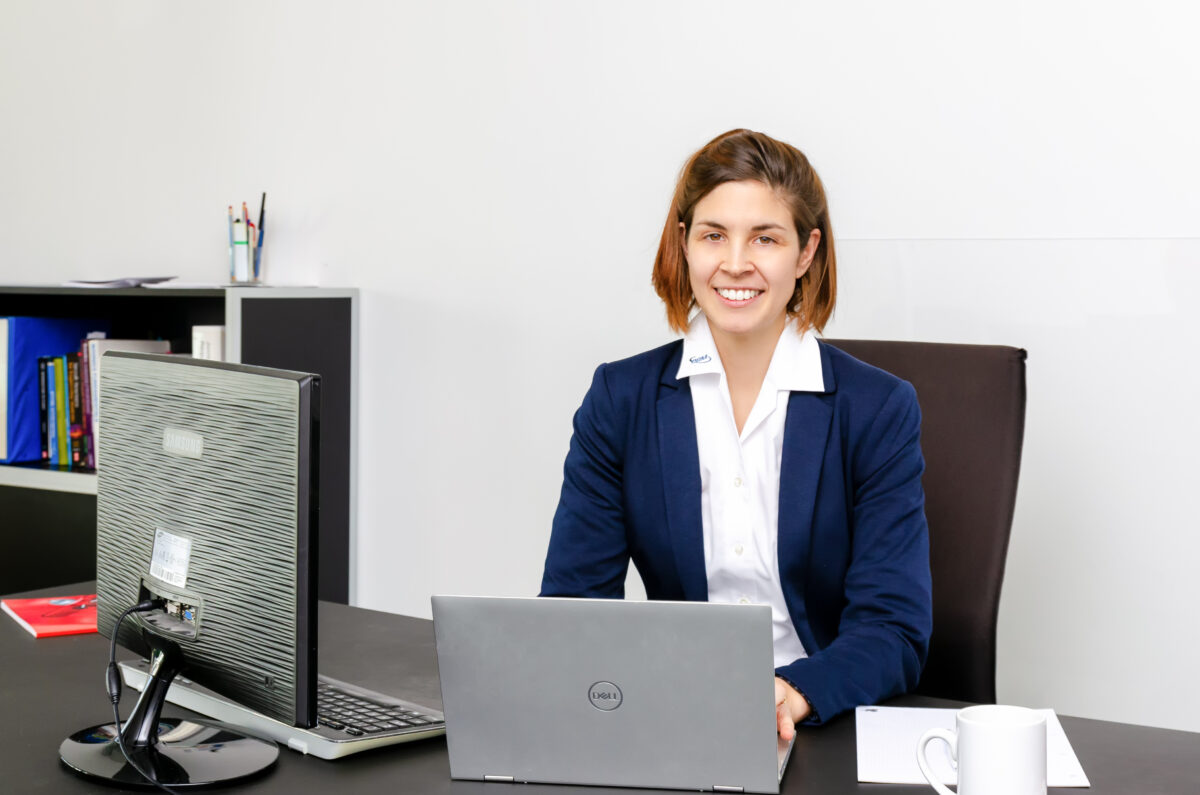
Christian Schusser, CEO, Q.C.M. design and Erika Guillaume, Compliance Verification Engineer Cabin Safety, on the complexities of the design business.
Q: How did you get involved with QCM design, Christian, and what does the company specialise in today?
Christian Schusser (CS): I started working with Q.C.M. as an instructor and consultant in July 2011 and began setting up Q.C.M. design shortly thereafter. Parallel to the daily business of training in regulatory matters like Part 21 and providing consulting services for businesses, we built our own Design Organization. Just before we received the EASA Part 21J approval, I interviewed a young graduate from Australia, Erika Guillaume, and was impressed by her willingness to learn all the complexities involved in taking an aircraft cabin completion through safety compliance testing. Q.C.M. design received the Design Organization approval in May 2013, and Erika has been with me since then. Alex Luley, a former colleague, also joined Q.C.M. design at that time, and I’m proud of how we’ve expanded to where we are today.
Along with Cabin Safety and Interior Changes, we also certify and engineer Avionics upgrades i.e. KU Band Installations, and Cabin management and inflight entertainment systems, which are all complex, different, and challenging on their own.
Cabin Safety is a hugely demanding field, particularly since there are literally thousands of different materials that can be installed into an aircraft cabin completion. Each of these materials has to meet the requisite flammability and safety tests, so the learning curve involved in our operation is pretty steep. Erika is now one of our best cabin safety compliance verification engineers and hiring her has turned out to be one of the best decisions I have ever made!
Erika Guillaume (EG): With a lot of guidance from Christian and Alex, and with a great deal of study, I was able to get on top of the knowledge database at the core of our business. It has been a very interesting journey. Materials change all the time and they have changed hugely since the industry fire regulations first came into play.
Q: So what is involved in ensuring or verifying cabin safety in a business jet?
EG: The industry literature is full of pictures of beautiful VIP cabin interiors and nothing in the pictures really gives you much of a hint as to the complexities involved in certifying each of those interiors.
As soon as a customer wants to renew any top layer materials, be it carpets, the leather on the seats, galley refurbishments or any of the wood panels or fabrics, we have to plan and certify the new composition of the materials involved, in terms of safety. In short, any material that is part of a cabin has to go through extensive flammability testing requirements to prove its flammability and safety characteristics.
CS: We have a mandate from EASA to certify these changes. Our partners in these projects are Production and Maintenance organisations located all over the world, but mainly in Europe, who perform the changes on the aircraft which are then approved by us or EASA in cases of STCs.
Recently we opened our own flammability laboratory, with our invented “Q.C.M. FlameLab 4.0”, which provides automated, human-factor free results for 25.853 Flammability Testing requirements. This is a computerised flammability lab, where every test is performed and analysed by software. The test is recorded in hi-definition infrared video, which provides complete traceability on every test we do.
The fact that the results are free of human-factor errors is hugely appreciated by the business aviation industry.
In my 22 years of industry experience, it has happened very often that two or more labs have tested an identical material, each with differing results, and it showed us very clearly that flammability tests with humans in the loop can go awry. We wanted a standardised, automated, highly precise, and transparent system that is software-driven and automates all stages of the test.
We finished the software for this system about a year ago and then we built our lab up from scratch, which became operational in Poland in September 2021. At the moment, we have one highly experienced flammability manager who runs the lab in Lodz. Our services are already very much in demand. We are winning new customers because of the transparency and the complete traceability of our results.
The challenge we have now is to get the word out to both the commercial and business aviation industries. Our message is that Flamelab 4.0 provides our customers with the safest cabin they can possibly fly with.
“The industry literature is full of pictures of beautiful VIP cabin interiors and nothing in the pictures really gives you much of a hint as to the complexities involved in certifying each of those interniors” – Erika Guillaume
Q: How important are the MROs to your operation?
CS: Very important. We certify and engineer the changes that MRO organisations implement to their clients’ aircraft. Erika deals with maintenance organisations across the globe. One memorable project that she was involved in was a major refurbishment of two EU-registered Citation 560s, where both aircraft were flown into a US MRO shop.
They needed the EASA Change Approval on the cabin safety side, and we were able to organise and coordinate the whole project from the beginning up to the departure of the aircraft, despite the six-hour time difference between our site and theirs. Every year brings some of these special projects to our door.
Q: What are the challenges in a complex refurbishment?
EG: There are several: the first is getting a complete configuration summary of the aircraft, including burn test results and in the majority of cases, there is always a lack of data. The second challenge is applying our surrogate process; the third is having a Flammability Test Plan and performing tests prior to production. These are only a few obstacles to overcome but are the keys to a successful complex refurbishment.
CS: I have to express my appreciation to Erika. As a mother of two small children, and working mostly from home, she always performs at the highest level for us. It really shows what can be achieved with team members working remotely.
The picture of the interior refurbishment (Challenger 605) has been shared with permission from the aircraft owner.
Original article published in Business Aviation Magazine’s Spring Issue 2022.

